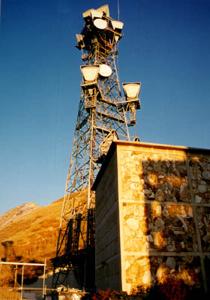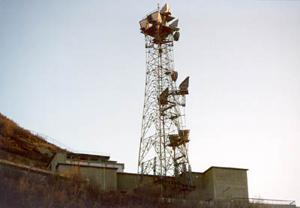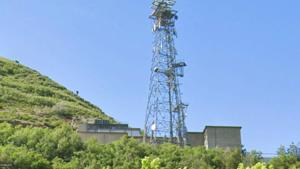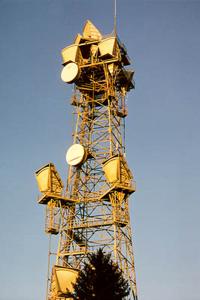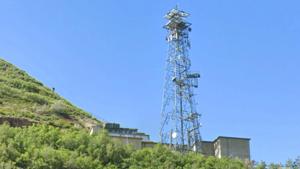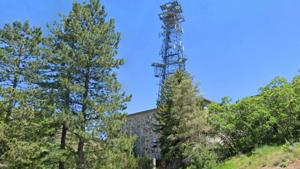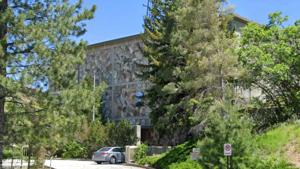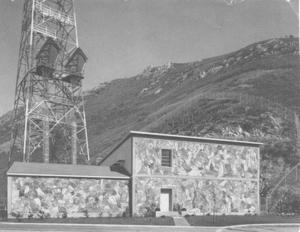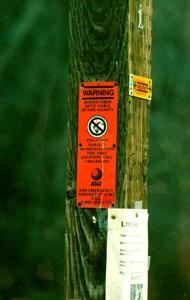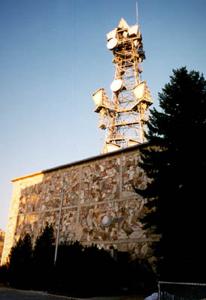SITE HISTORY Collapse/Expand
This massive tower (250 feet) fed a number of paths. One path stretched to Riverton, Utah, and from there to Payson, Utah, and south. Another one went to the top of a nearby mountain (AT&T Bountiful) and northward. Another went to the local operating company (US West) building downtown; another connected this tower to another tower at Pratt's Pass, and from there into the east-west circuit across Wyoming. Still another path connected this tower to a relay at Camp Williams, Utah, that moved traffic to Provo, Utah, and Price, Utah via a high tower at Salem Peak. The other paths seem to be pointed westward, probably to the AT&T site on Stansbury Island in the Great Salt Lake. The circuit went westward from this location through Stansbury, and across the Great Salt Lake desert, to Barro, Wendover, and across Nevada and Northern California to Oakland. All but a few of the licenses assigned to this tower have been turned back to the FCC, so I'm not certain where all the paths went. Nestled at the side of the Wasatch Range, at the mouth of Salt Lake City's Emigration Canyon, and with the tower building faced with native rock, this tower sits to the side of a large base building..the largest one I've seen. The parking lot appears to be set up for around 20 cars. Although AT&T's microwave circuits are being retired, this tower doesn't appear on American Tower's database like other AT&T towers. A note from Bill Gillman reports that AT&T is using the site for a wireless switch, and also as a switch location for their dialtone-to-the-home service using cable lines. A note from Terry Michaels took me to the August 1952 edition of Bell Laboratories Record, which has an early picture of this tower, back when it had just four antennas, two facing Pratt's Pass, which the article noted was the shortest link in the transcontinental Microwave circuit, at just under 10 miles, and two facing westward towards Stansbury. The antenna has changed dramatically from those early designs. Terry notes that the transcontinental Microwave circuit this tower was a part of began operation on August 17, 1951. Signs surrounding the tower indicate the presence of a fiber optic circuit, and older signs show evidence of the transcontinental cable circuits of years past. Truly a beautiful piece of engineering, from the time when AT&T Long Lines ruled the airwaves and The Bell System was the only game in town. ARCHIVED FROM PATH-PRESERVATION SITE
